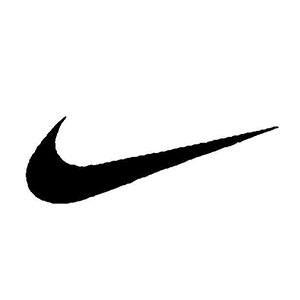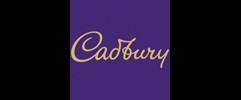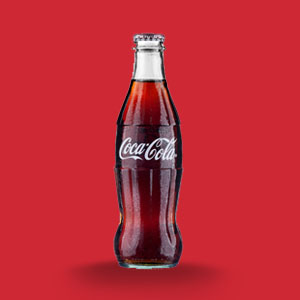READ NEXT
What do trade marks protect?
A trade mark can be used to protect your business name or aspects of your brand. A trade mark distinguishes your unique brand, product or service from other competitors in the market.
Trade marks can be registered or unregistered. A registered trade mark generally provides stronger legal protection than an unregistered trade mark.
Trade marks can be used to protect a logo, phrase, word, letter, colour, sound, smell, picture, movement, aspect of packaging or any combination of these.
How do trade marks work?
Here's a quick video that explains what trade marks are and how they can protect your brand, products or services.
A trade mark legally protects your company’s unique brand, name of a product, or your services. It can help customers distinguish you from your competitors.
Trade marks can protect a logo, phrase, word, letter, colour, sound, smell, picture, movement, aspect of packaging, or any combination of these.
But you can’t trade mark everything. There are certain words, phrases and images that can't be trade marked, or can only be registered under special circumstances. Your trade mark registration lasts up to 10 years before it needs to be renewed, which can be done indefinitely.
If your trade mark is registered, you’ll receive a business asset which becomes more valuable as your business becomes more successful, the legal right to place the registered trade mark symbol next to your trade mark, exclusive rights to use your trade mark in Australia, the ability to legally deter others from using your trade mark, and the ability to sell or license it for others.
One thing to keep in mind is that an Australian trade mark only gives you protection in Australia. If you want protection in other countries, you’ll need to apply for it there.
Want to learn more, including how to apply? Check out our trade marks page.
Examples of trade marks

Logo
Nike swoosh

Colour
Cadbury purple

Shape
Coca-Cola bottle
Benefits of registering a trade mark
Registering your trade mark gives you:
Common mistakes to avoid
Thinking a business name registration gives you exclusive rights
If you run a business in Australia and don't trade under your own name, you'll need to register your business name with the Australian Securities and Investments Commission (ASIC).
However, registering a business name doesn't give you exclusive rights to it. Registering a trade mark puts you in a strong position to protect your name and stop others from using it.
Thinking a domain name registration protects your business name
When you register a domain name with auDA, you secure an internet address (website URL) for customers to visit. This only gives you the domain. It doesn't protect your business name.
For example, Ben's business, Threads & Treads, sells t-shirts and sneakers. He registers the domain: www.threadsandtreads.com Registering a trade mark puts Ben in a strong position to protect his name and stop others from using it.
Trying to trade mark commonly used terms, phrases or images
Some words, phrases or images can't be trade marked. That's because they're common words that should be available for everyone to use.
Examples:
- 'warm' for heaters
- 'ultra white' for paper.
If your business name uses commonly used words or phrases, it might not qualify for a trade mark.
How to use the trade mark and registered symbols
What does it mean?
The ™️ symbol stands for trade mark. While it symbolises that you're claiming trade mark rights, it doesn't necessarily mean that the rights exist, or are registrable or enforceable.
It can be used:
- On an unregistered trade mark as a way of notifying other traders that there may be legal rights associated with the trade mark
- In some cases, to help show that your mark is being used as a trade mark and not in some other context (for example, descriptively). This can help you later in obtaining registration or in proving your claim to legal rights in the trade mark.
Do I have to use the symbol?
No, you don't have to use it.
Where should I place it?
You can place the ™️ symbol wherever you like, however, it's generally presented in superscript or subscript format on the right-hand side of the trade mark.
What does it mean?
The ® symbol stands for registered. It can only be used on registered trade marks under the Trade Marks Act 1995.
It's a way of:
- Notifying other traders that your trade mark is registered in Australia
- Indicating you have strong rights that prevent others from using the same or similar trade mark
- Deterring someone from infringing your IP.
Do I have to use the symbol?
No, you don't have to use it. You'll maintain your exclusive rights either way.
Where to place the symbol
You can place the ® symbol wherever you like however, it's generally presented in superscript or subscript format on the right-hand side of the trade mark.
The symbol should only be used next to the trade mark when it's used in its registered form. For example, if you've registered a logo trade mark that contains a word, you shouldn't use the ® symbol next to the word on its own.

